Need a Quick Energy Boost? Try This Energizing Breathing Technique (AKA Bellows Breath)

Bhastrika, or Bellows Breath, is a simple form of Pranayama (or breathing exercise). One of the easier forms of Pranayama to practice, Bellows Breath is popular for its naturally energizing benefits.
This breathing technique will help clear your mind and give you a natural and immediate boost of energy, so it’s perfect to practice any time you need a pick-me-up.
Bhastrika is a Pranayama exercise that involves breathing forcefully in and out as if you were pumping the bellows of a blacksmith’s fire – hence the name Bellows Breath.
Let’s Start By Understanding Prana and Pranayama
Before we get into the nitty-gritty of how to do it, let’s talk about prana. Bellows Breath (Bhastrika) energizes and invigorates prana in the body.
Prana is the life force energy inside all of us. In yogic tradition, our breath carries prana throughout the body. Having low prana weakens your immune system, energy levels, and resilience. In fact, we use yoga as a tool to move and strengthen prana.
Pranayama is a practice relating to the control and regulation of your breath through specific breathing techniques and exercises. It consists of four parts: inhalation, internal retention, exhalation, and external retention.
Check out the 3 Ways Pranayama Breathing Can Save Your Professional Life
The practice of Pranayama dates back to ancient India and the origins of yoga, said to be around the sixth and fifth centuries BCE, and is the fourth of Patanjali’s eight limb path of yoga following the Yamas, Niyamas, and Asana (physical poses).
Practice Bhastrika Pranayama – Here’s How:
Bellows Breath is a simple form of Pranayama to learn. To prepare, you don’t need to do anything other than find a comfortable seated position.
Let’s try it:
- Find a comfortable seat
- Sitting tall with shoulders relaxed and away from the ears, rest your left hand on your leg and right hand on your belly. Tip: Hand placement is one of the ways that traditions vary. If this isn’t comfortable for you, you can place both hands on your legs or use your arms with the breath
- Take a cleansing breath in through the nose and out through the nose. The first round will begin on an inhale
- Rapidly inhale and exhale through the nose completely and forcibly. Use the diaphragm to pump the movement – one inhale and exhale equals one round of breath
- Start with ten rounds of breath and do more or less depending on how intense it feels in your body
- After ten rounds of breath, follow the final expulsion by the deepest possible inhalation
- Hold that deep breath in as long as you can, comfortably
- Then, very slowly release the breath with the deepest possible exhalation
- The end of this exhalation completes one round of breath
- Rest a while after one round is over by taking a few normal breaths
- Repeat for three rounds
What You May Experience with Bellows Breath
Earning the nickname “yogic coffee,” this invigorating exercise can give you a great energy boost. The next time you are feeling drowsy at work, give it a try. This breath can awaken and clear your mind and the systems of the body including the immune system.
This energizing effect also means that performing a few rounds throughout the day can help increase your digestive power and boost your metabolism.
Various yoga texts claim that Bellows Breath will cleanse the nadis (energy pathways) in the body, awaken the Kundalini energy, and even keep winter colds at bay by clearing the nasal passages, sinuses and lungs.
Some people also experience a sense of mild elation, followed by relaxation, which makes this breath is especially helpful for depression.
Despite this relaxation, the sympathetic nervous system is briefly stimulated during practice, which means you may experience heart rate increase and feel your body warm up.
Contraindications of Bellows Breath
It’s evident that practicing this Pranayama awakens prana, kick-starts the mind, and shifts all the systems of the body into gear. After practicing this pranayama, the body settles into the parasympathetic system aka “rest and digest” mode.
This means blood pressure and heart rate usually drop to or below the resting rate, and the autonomic nervous system comes back into balance.
Do not practice Bhastrika if you are pregnant, have uncontrolled hypertension, epilepsy, seizures, or panic disorder. Due to the pumping action of the breath, you should avoid practicing Bellows Breath on a full stomach – wait at least two hours after eating.
Since Bhastrika is an energizing practice, try to avoid practicing it close to bedtime, as it may also kickstart your mind and make it difficult to fall asleep.
Bellows Breath vs Breath of Fire
Bhastrika (Bellows Breath) is very similar to another popular form of Pranayama called Kapalabhati (Breath of Fire or “Skull Shining Breath”).
Try Practicing Skull Shining – A Breathing Technique to Remove Energetic Blockages
The most obvious difference is that Kapalabhati emphasizes just the exhalation, and Bhastrika Breath emphasizes both the inhalation and exhalation.
Another difference is in the length and nature of the inhale. In Bhastrika, they are the same length. In Kapalabhati the exhale is longer and the inhale is passive; essentially it happens on its own.
The vacuum created by the exhale will naturally lead to an inhale; teachers often call this a passive inhale. Lastly, Kapalabhati is not the deep-bellows cleansing breath that pumps the stomach with complete exhales and inhales. Breath of Fire comes from higher up near the Solar Plexus.
A Few Final Thoughts on Bellows Breath
After a few minutes of practicing Bellows Breath, you can feel oxygen flowing into every cell in the body and peacefulness in both body and mind.
For this reason, Bhastrika is a great way to begin meditation or for an energy boost at any point throughout the day.
This ancient practice has the ability to change your life and increase your Prana (life force energy) but, as always, you know your body best so if you find the practice uncomfortable then make any adjustments necessary from reducing rounds of breath to slowing the pace.
All included information is not intended to treat or diagnose. The views expressed are those of the author and should be attributed solely to the author. For medical questions, please consult your healthcare provider.


This Month's Letter
From the Editor
Monthly motivation and food for
thought from our founder.




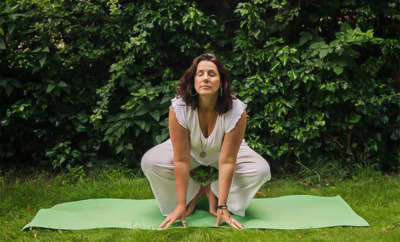

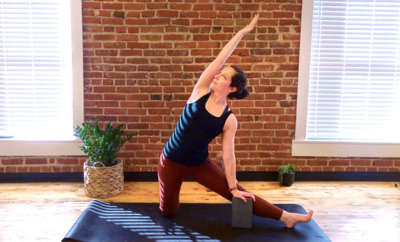
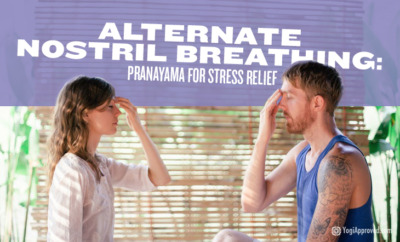
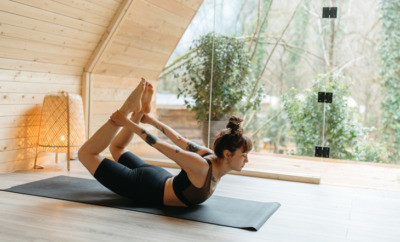





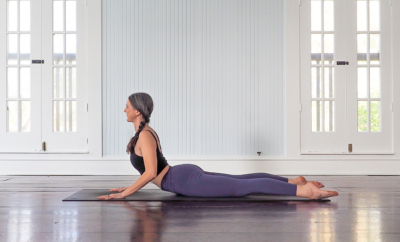
















Comments